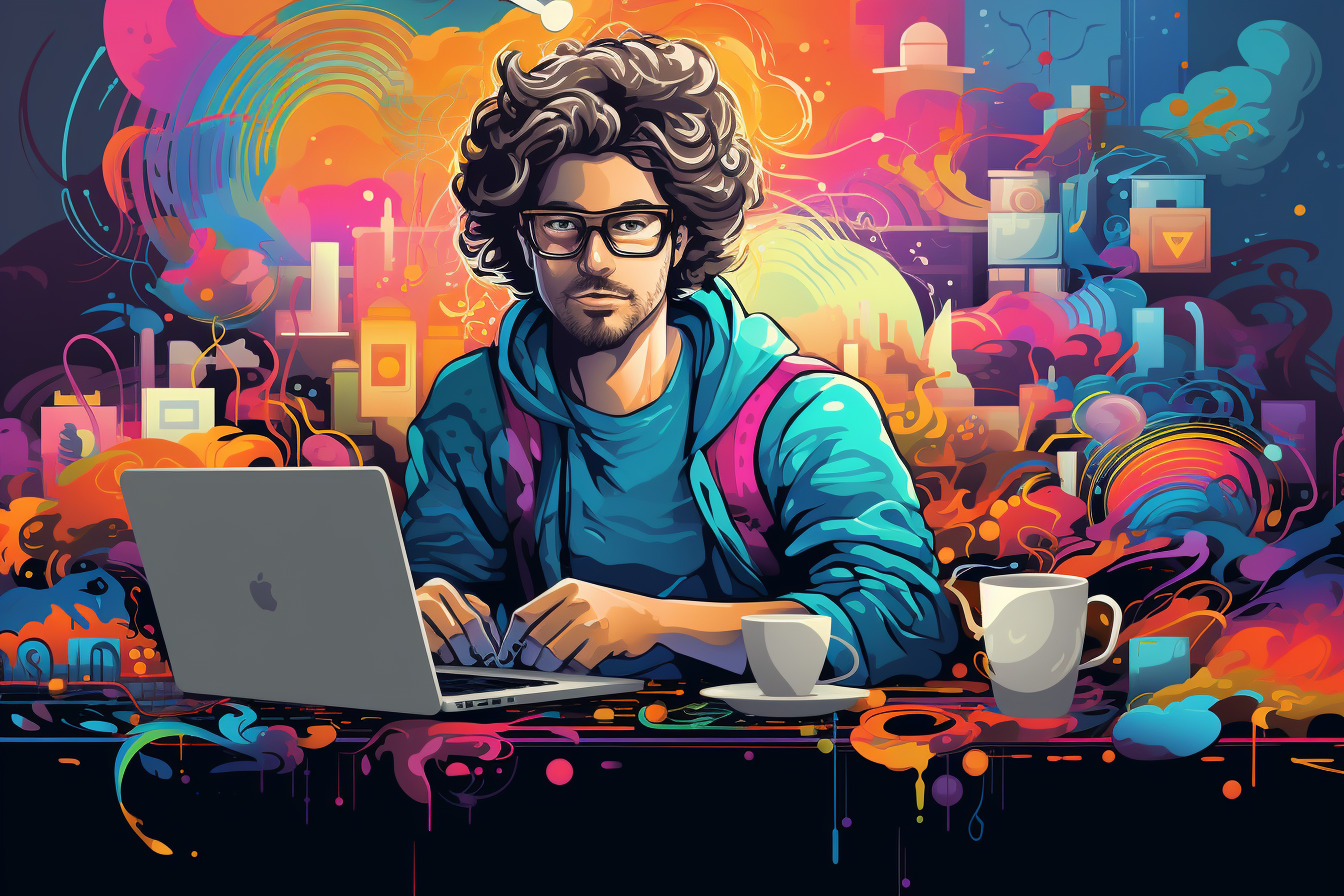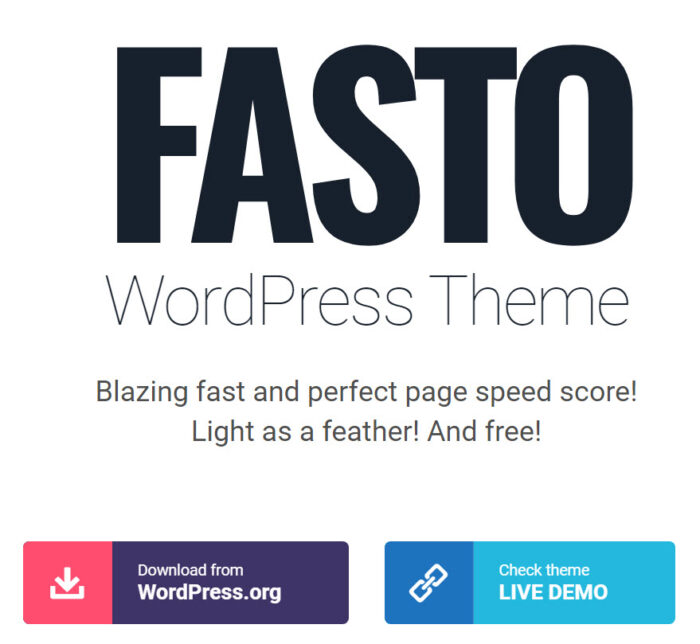Artificial Intelligence has made significant strides in various fields, and text-to-image synthesis is no exception. New tools like Midjourney, DALL·E-2, and Stable Diffusion are making it possible to create images from text descriptions. Let’s dive in and explore these remarkable tools.
Midjourney
Midjourney is a cutting-edge tool that uses AI to convert text descriptions into stunning images. It’s like having a digital artist at your disposal, ready to bring your imagination to life.
Features: Midjourney uses advanced AI algorithms to interpret text input and generate corresponding visuals. It offers an interactive interface, allowing you to refine the images by tweaking the text prompts.
Pros: The ability to generate high-quality, detailed images from text prompts is a major advantage. Plus, the iterative process allows for greater creative control.
Cons: Like any AI, the accuracy of image representation can sometimes be hit or miss. It requires experimentation to get the desired results.
Here’s an epic list of 644 midjourney prompts.
DALL·E-2
DALL·E-2, inspired by OpenAI’s DALL·E, is another innovative text-to-image tool. It generates unique images from your text inputs, bridging the gap between language and visuals. Right now, it basically sucks – the quality is so poor compared to midjourney. However, I’ve seen some sneak pics of a future version that can handle text, like writing text in frosting on a birthday cake, and that looks incredible.
Features: DALL·E-2 can create a wide range of images, including objects, animals, and even imaginary or surreal illustrations, all based on textual input.
Pros: DALL·E-2 is capable of generating novel, creative images that could be useful in a variety of professional contexts, from graphic design to advertising.
Cons: It might generate unexpected results, especially with more complex or abstract text prompts. Furthermore, the quality of the images may vary.
Stable Diffusion
Stable Diffusion is an algorithm developed for creating images from textual descriptions. It’s another testament to the rapidly advancing field of AI image generation. The upside is it’s free but you need to install a bunch of crap on your computer and it’s a pain in the ass unless you know what you’re doing (and even then, you’ll need a powerful computer). Most people are using it for sexy waifus since there are no porn limitations, midjourney keeps things pg13.
Features: Stable Diffusion uses AI techniques to process text prompts and translate them into visually compelling images.
Pros: The tool offers an interesting approach to AI image synthesis and can produce some intriguing results, adding a layer of creativity to your projects.
Cons: As with other AI tools, results can be inconsistent, and there may be limitations in handling highly complex or specific prompts.
Unleashing Creativity with Text-to-Image Tools
These text-to-image tools open up a world of possibilities for creative industries. They could revolutionize areas like graphic design, advertising, content creation, and much more. They allow for rapid prototyping of visuals, saving time and resources.
Text-to-image tools like Midjourney, DALL·E-2, and Stable Diffusion are transforming the way we create and interact with visuals. They’re a testament to the rapid advances in AI, and it’s exciting to imagine the potential impact they could have on various industries in the future.
Practical Applications of Text-to-Image Tools
So what should you actually make? The simple version is, make wordpress features images that are cool and unique, branded around a style. I’ve been doing this for some of my new niche sites, I’ll just make a hundred images while binge watching netflix and have feature images for a year.
But text-to-image tools offer some exciting possibilities. For example, I’m making sites for weed, cats, and a few other things; but the *biggest* attraction is design or visual specific things people are searching for. For example, people look for best desktop or workspaces, there’s even a few Reddit groups just so people can share their setup. So I could make hundreds of those. Or for interior design – cool bedroom ideas for 16 year olds who like dinosaurs, or whatever.
Speaking of dinosaurs, I’m starting a site for “real dinosaur pictures” where I’ll just write gpt4 content on all the dinosaurs and make incredible photographic images. The content alone won’t be much…. wikipedia does it just as well, but the *images* will set my site apart, drive shares and boost traffic.
You could do this with tattoos; I’m also planning on making a ton of desktop wallpaper backgrounds (black, pink, red, etc…) or gaming and movie posters – all that stuff gets a ton of traffic, but now we can generate our own images to go with them. I have another site where I’ll cover ancient Greek mythology and crank about amazing fantasy art to go with it.
I’ve thought about submitting them to free stock photo sites like pixabay or unsplash, so that wordpress plugins like instant images will show up, but that isn’t a very direct way to drive traffic and I’d rather people actually visit my sites.
Here are some ways you can harness their potential:
1. Graphic Design: Artists and designers can use text-to-image tools to generate initial designs or concepts based on a client’s description. It offers a quick way to visualize ideas and make modifications based on feedback.
2. Advertising and Marketing: These tools can help create engaging visuals for social media posts, ad campaigns, or promotional materials. Marketers can input ad copy or campaign themes to generate unique graphics.
3. Content Creation: Bloggers, YouTubers, or social media influencers can use these tools to create custom visuals for their content. They can generate unique thumbnails, infographics, or social media posts based on their content topics.
4. Product Development: In the early stages of product development, text-to-image tools can help visualize product designs or features. It can aid in communicating ideas between different stakeholders.
5. Education and Training: For educators, these tools can help create custom illustrations or diagrams to explain complex concepts to students. It’s a fun and engaging way to enhance learning materials.
6. Entertainment: In the entertainment industry, these tools can be used in storyboarding for films, generating concept art for video games, or creating unique artwork for music albums.
7. Personal Use: On a personal level, these tools can be used to create unique gifts, such as generating a friend’s dream holiday destination or their favorite fictional character based on a text description.
As AI continues to advance, the potential applications of text-to-image tools will only continue to grow. These tools are not only valuable for businesses but also offer creative opportunities for individuals looking to express their ideas visually.
FAQs
1. What are AI text-to-image generators?
These are tools that use artificial intelligence to generate images based on a text description. You simply input a phrase or sentence, and the AI attempts to create an image that visually represents your description.
2. How accurate are AI text-to-image generators?
The accuracy varies depending on the tool and the complexity of the request. Some descriptions may result in highly accurate images, while others may be more abstract. These tools are continually improving, and we can expect their accuracy to increase over time.
3. What are these tools used for?
AI text-to-image generators can be used for a wide range of applications, including content creation, prototyping designs, creating unique artwork, generating ideas for visual projects, and more.
4. Are there any limitations to AI text-to-image generators?
While these tools are impressive, they aren’t perfect. They can sometimes produce images that don’t accurately represent the input text, especially if the description is abstract or complex. However, improvements are constantly being made in this field.
5. Can AI text-to-image generators replace human designers?
While these tools are powerful, they can’t replace the creativity, judgment, and unique perspective of a human designer. They’re best used as a tool to aid and inspire the creative process.
Exploring AI: FAQs on AI Text-to-Image Generators and Free Options Available
Free AI Text-to-Image Generators
1. DeepArt
DeepArt lets you turn your text into artwork. While it doesn’t create images directly from text, it lets you apply unique artistic styles to your images, creating a different interpretation of your input.
2. PaintsChainer
While primarily focused on coloring, PaintsChainer also offers a text-to-image feature. You can input a text description, and the tool attempts to create a sketch based on it.
3. Deep Dream Generator
Similar to DeepArt, Deep Dream Generator lets you create unique and artistic images. Although it doesn’t generate images directly from text, you can create dream-like representations of your photos.
4. Runway ML
Runway ML offers a variety of AI tools, including a text-to-image feature. It’s more of a platform for machine learning applications, and it requires a bit of setup, but it offers a powerful and customizable solution.
Conclusion
As AI continues to evolve, we can expect AI text-to-image generators to become even more versatile and accurate. While they may not replace human creativity, they are powerful tools that can aid and inspire the design process. Whether you’re a professional designer or just curious about AI’s capabilities, exploring these tools can open up a whole new world of possibilities.
PS the featured image above, looks like AI art… but how about this one? The point is, it’s not that easy to tell – and this tech is already massively upsetting the entire stock image industry. The big players have figured it out and are already embracing their own text to image tools; including Adobe Photoshop who has a built-in content aware background replacer tool. Graphic designers, photographers, writers…. everyone is currently being replaced, and fast. It’s a scary time, but there’s some opportunity for people who pivot fast and embrace the new tools.







No Comments